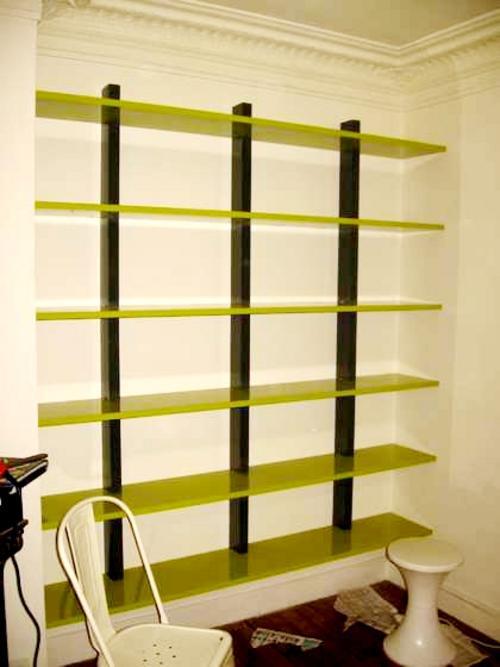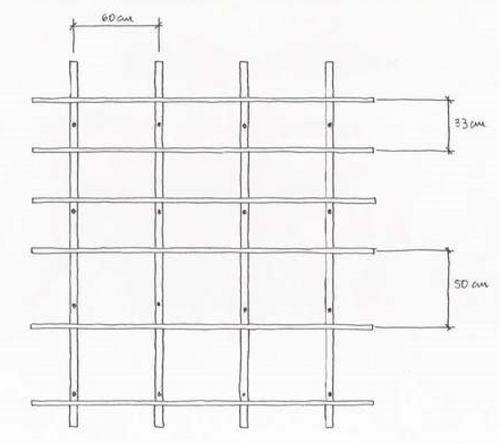DIY Hungarian Shelving So how do we make these marvels? First of all let¿s see what we need. |  |
| Make a corresponding mortise in the shelf to fit the mortise in the vertical support, so that when the shelf sits in the vertical support it fits flush with the wall against which the support is fastened. The vertical spacing of your shelves is again a personal preference, but shelves tend to look better with a larger vertical space between the lower shelves. Make the mortises in each vertical support at the same position so that the shelves will be horizontal when fitted. Fasten the vertical supports to the wall at the correct spacing, making sure that they are upright by using a spirit level. Then it¿s simply a case of slotting the shelves into the mortises in the vertical supports. As a final touch, you may need to insert small wedges under each shelf where it sits in the vertical supports to ensure that the shelves sit at right angles to the wall.
|
